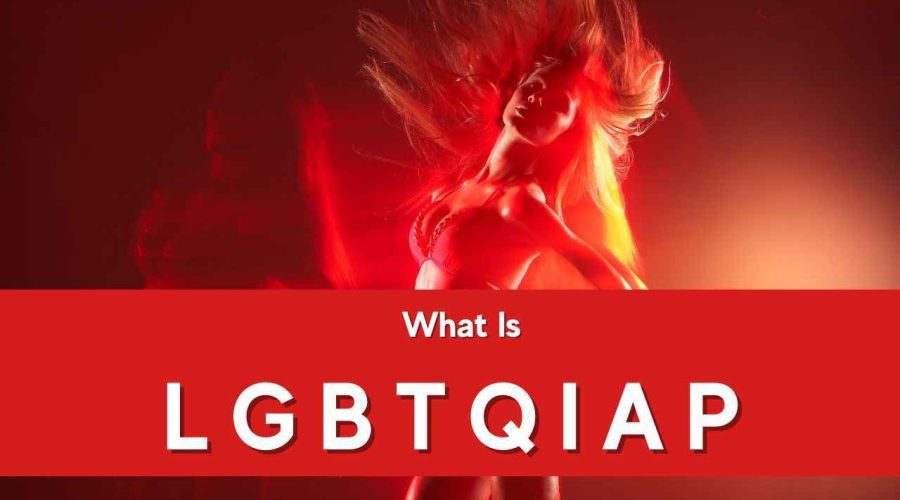All You need to Know about LGBTQIAP
LGBTQIAP is an abbreviation that encompasses those who do not adhere to traditional gender or sexuality norms.
The world is finding that gender is a social construct. Rather than two opposites, male and female, there is a spectrum along which humans can fall.
For the remainder of this article, we will refer to a person’s identification as their gender. In light of this knowledge, the following are the full forms and definitions of the acronym, as well as additional words worth knowing and how to use them without offending or hurting feelings.
Lesbian (L in LGBTQIAP)
The L refers to women who are attracted to other women on a physical, romantic, and/or emotional level.
Gay (G in LGBTQIAP)
People who are physically, romantically, and/or emotionally attracted to persons of the same gender are considered gay. It is utilized by both men and women. Some women prefer the term lesbian, while others prefer the term gay, yet both terms signify the same thing.
Bisexual (B in LGBTQIAP)
Bisexuals are those who are physically, sexually, and/or emotionally attracted to both men and women. It is frequently shortened to ‘bi’.
Transgender (T in LGBTQIAP)
Transgender refers to a person who identifies as a gender other than the one their body was assigned at birth. Some use surgery and hormones to transition to their preferred gender, whereas others don’t need to. If you ever encounter a transgender person, you should always accept the gender they identify with and refrain from asking them unpleasant questions about their anatomy.
Queer (Q in LGBTQIAP)
This is a type of umbrella term used to describe individuals for whom the definitions of the other terms are inadequate. It has been recovered by the community, yet some still use it as an insult and others still find it offensive, thus one should be cautious when using it.
Intersex (I in LGBTQIAP)
An intersex individual lacks a definite biological sex. It may be due to their reproductive organs, chromosomal patterns, or another factor. In the past, they have been referred to as hermaphrodites, however, this may be insulting to some because their culture may view it as a slur.
Asexual (A in LGBTQIAP)
A person who has no sexual urge for anyone is asexual. It varies from person to person, as each individual’s sexuality is unique, however, it is important to remember that asexuals can feel romantic or emotional attraction, a sexual drive or desire, and are not always celibate. They simply lack sexual drive.
Pansexual (P in LGBTQIAP)
A pansexual is a person who is physically, emotionally, and/or romantically attracted to everyone, regardless of their sex or gender identity. This differs from bisexuality in that bisexuals are attracted to both men and women, whereas pansexuals may be attracted to people who are intersex, non-binary, or from any point on the gender spectrum.
Other Gender Terms
Cisgender
Transgender is the inverse of cisgender. It describes individuals whose gender identity corresponds to their biological sex.
Non-Binary
The binary in this context refers to males and females. However, some individuals identify as neither male nor female; these individuals are referred to as nonbinary. Gender is a spectrum, with some individuals falling in the middle as opposed to tending strongly toward one side. Non-binary people typically prefer the pronouns they and them and dislike being referred to as he or her. However, it’s always best to ask before presuming.
Non-Gender Conforming
Gender-nonconforming individuals typically do not adhere to the established conventions connected with their gender. This may be because they are transitioning from one gender to another, are intersex, are nonbinary, or because gender standards do not fit them.
Frequently Asked Questions
1.What is Lgbtqiap?
Lesbian, gay, bisexual, transgender, questioning, intersex, asexual/aromantic, and pansexual communities are collectively referred to as LGBTQIAP. Other queer identities not mentioned in the acronym are represented by the plus sign.
2. What does the 2+ mean in lgbtq2 +?
The “+” sign is used to denote all other identities, including non-binary, pansexual, asexual, and intersex, which you may already be familiar with. Because there are so many different identities, the community and language are always changing, and we want to be inclusive, we utilise the plus symbol.
3. What does Graysexual mean in Lgbtq?
In the grey area between asexuality and sexuality, known as grey asexuality, a person may occasionally feel attracted to other people sexually. The Asexual Visibility and Education Network first used the word “demisexuality” in 2006. (AVEN).
4. How do u know you're asexual?
Asexual individuals do not feel sexual attraction and/or do not seek out sexual activity. Asexuals may also abbreviate their sexual preference with letters like “Ace.” The fact that sexual attraction is only one type of attraction means that an asexual person can be straight, gay, bisexual, or queer.

